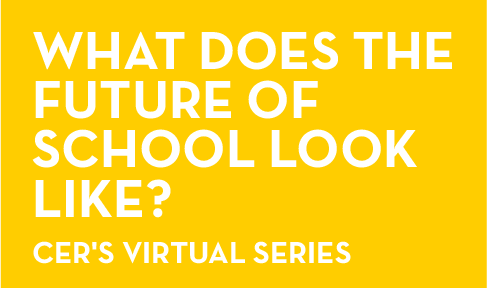Charter School Expansion Motivates Districts to Make Positive Changes
A recent study published in Education Next explores whether or not districts are responding to the competition of the school choice movement. This pressure of choice on districts to change or evolve is known as a “ripple” effect and prior research has also shown this effect is real. This particular study reviewed over 8,000 media sources in 12 urban locations where charter schools make up at least 6% of the market, and then reviewed board meeting minutes, district websites and other district sources to verify action was taken. The results show that school districts are responding positively and negatively towards the impact of the expansion of charter schools on their conventional public schools.
The study found school districts took significant constructive, or positive responses to charter schools through a variety of ways. The most common constructive response was collaboration with charter schools, which occurred in 8 of 12 cities studied. Other common constructive responses were marketing to students (7 cities), partnering with CMOs or EMOs (7) and replicating charter practices (7). Districts sought to make changes through reform that would use resources more efficiently, improve overall quality of education and increase responsiveness to student needs in order to stay competitive. School administrators acknowledge competition from charter schools and have responded by taking steps to improve the quality of traditional public schools. For example, in Indianapolis where former Superintendent Eugene White, after calling for a moratorium on charters, said, “Charter schools have been a pain and now they are motivated… We will no longer feel sorry for our situation or make excuses for being urban and poor. We will now find new ways to create better educational options and opportunities.”
The study also found a smaller number of obstructive or negative responses that were covered in the media. The most common negative response was blocking access to facilities, which occurred in 3 cities including Washington, DC, a city where nearly 45% of its public school students now attend charter schools.
The study concludes that, despite initial negativity towards charter schools, opponents have realized that indifference or even hostility is a less effective response than embracing competition and responding positively through collaboration with charter schools and improving the quality of traditional public schools.















